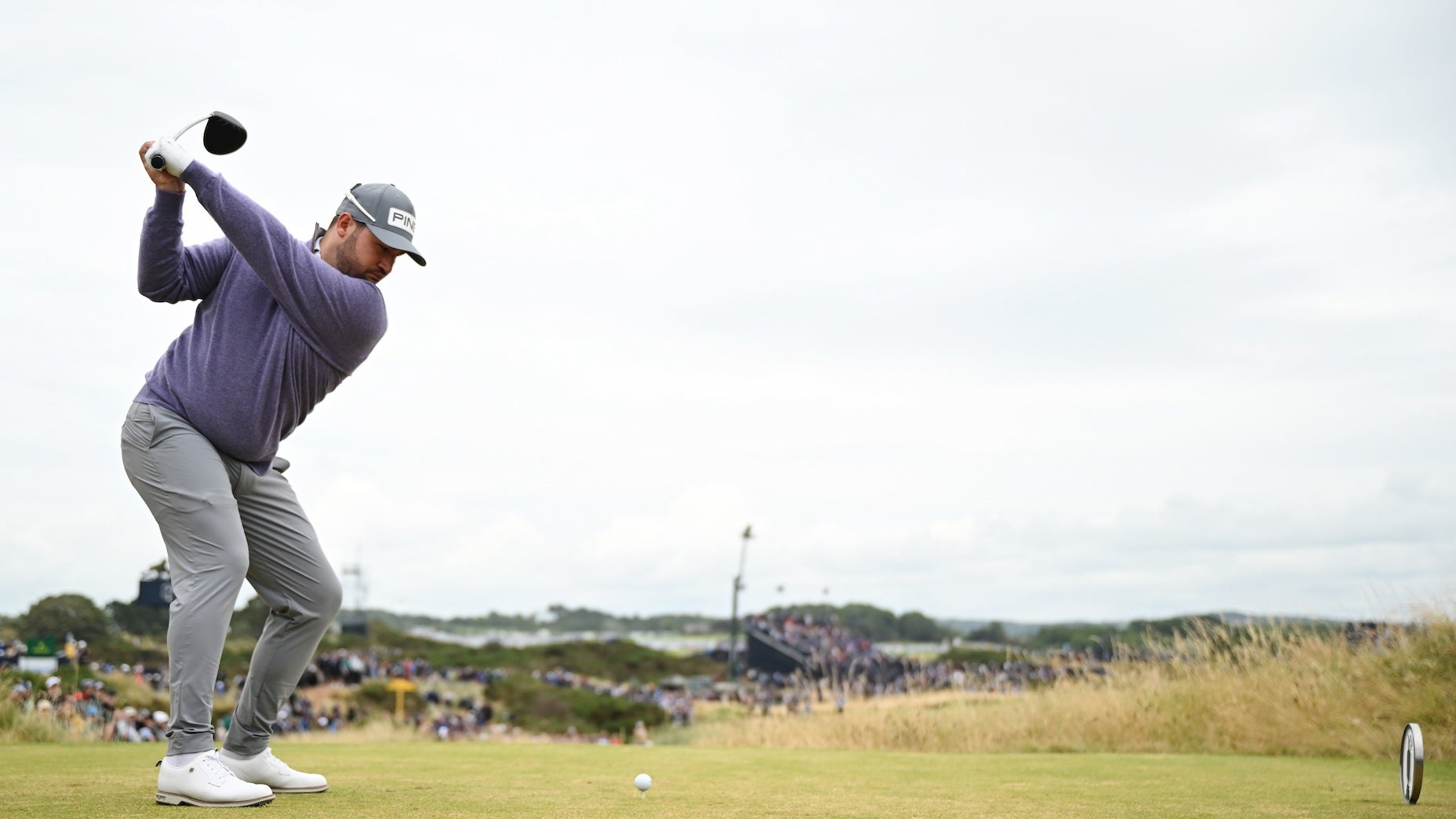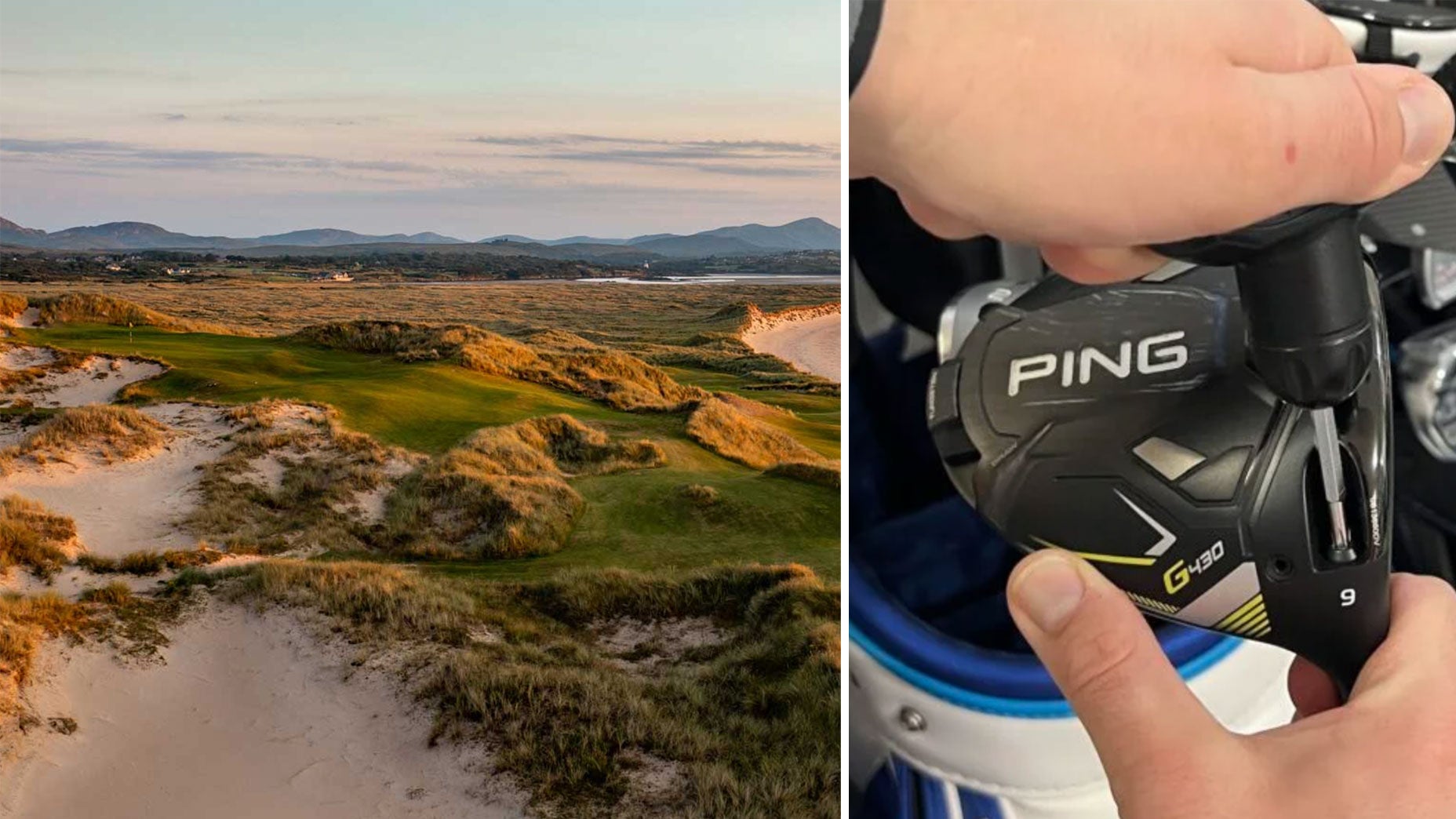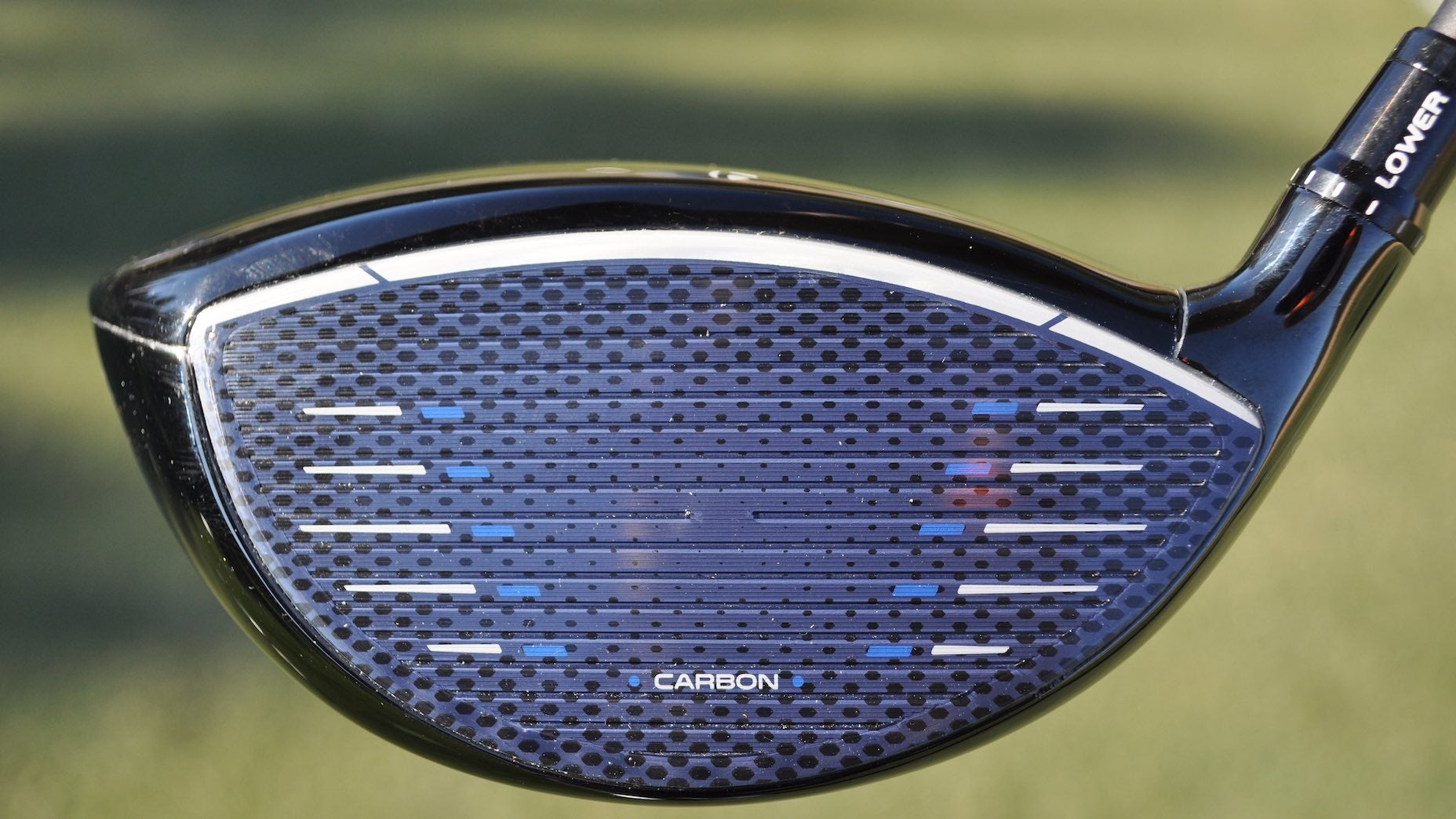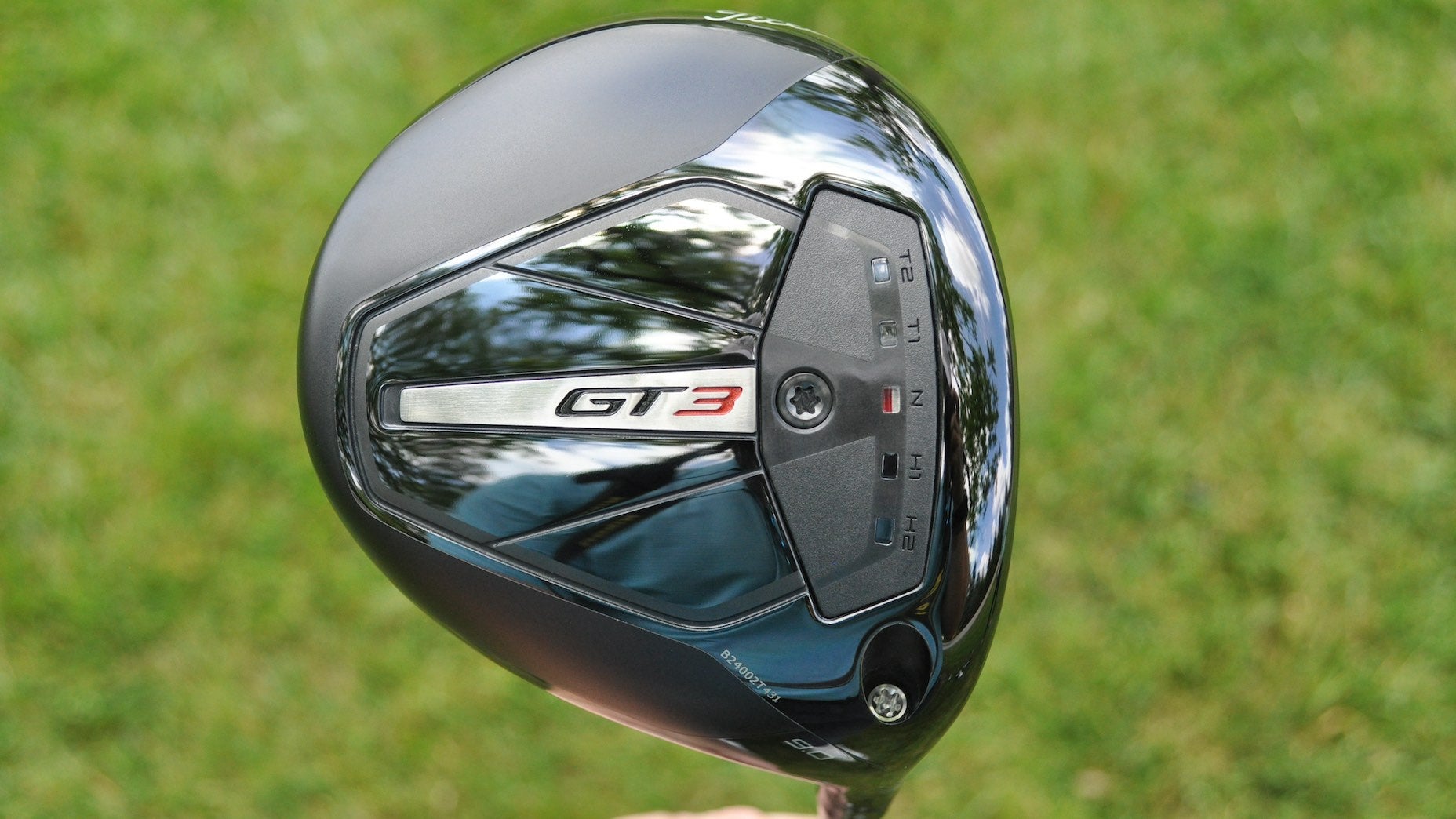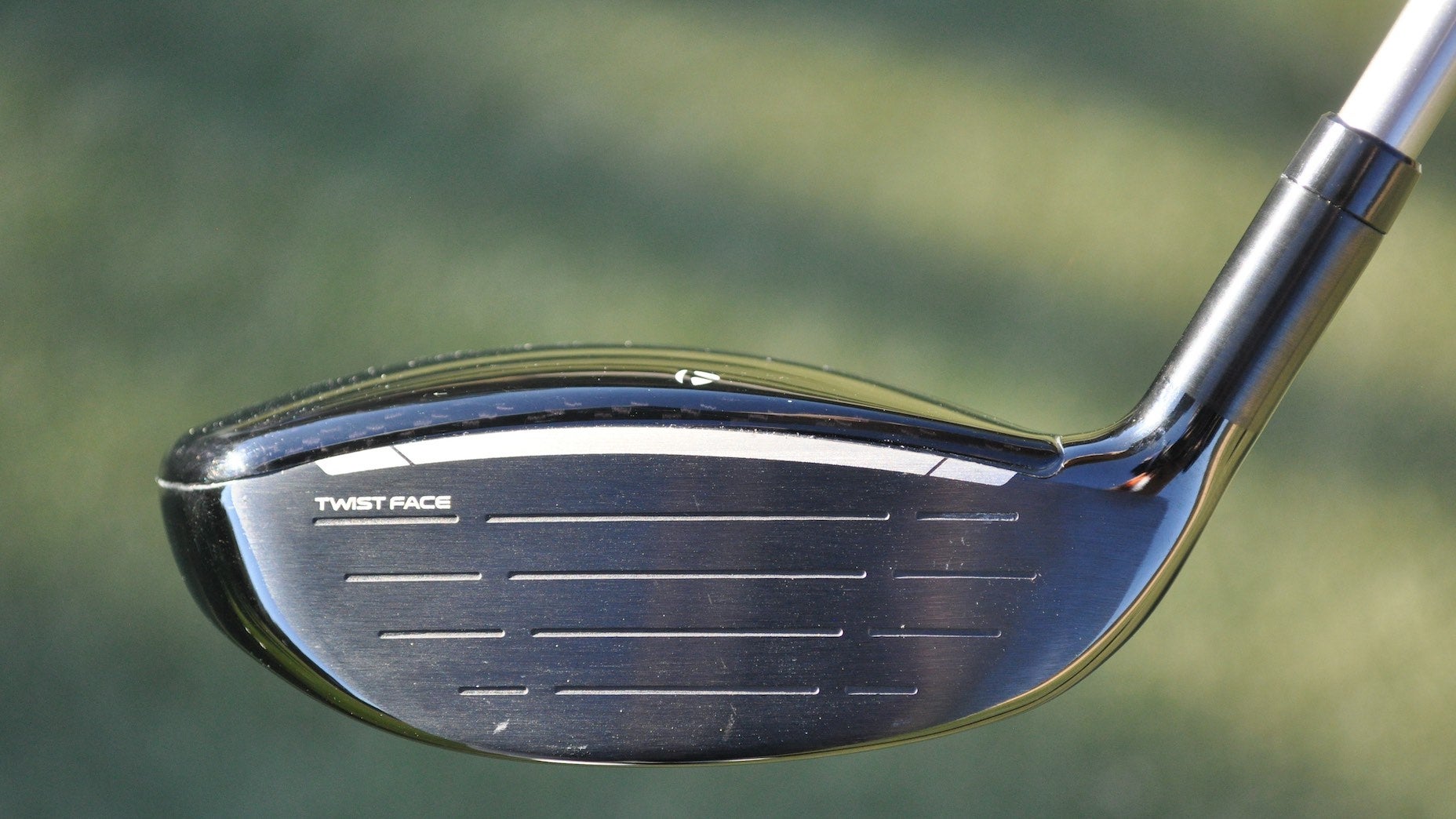Is it better to miss a drive on the heel or toe? Here’s what the robot says
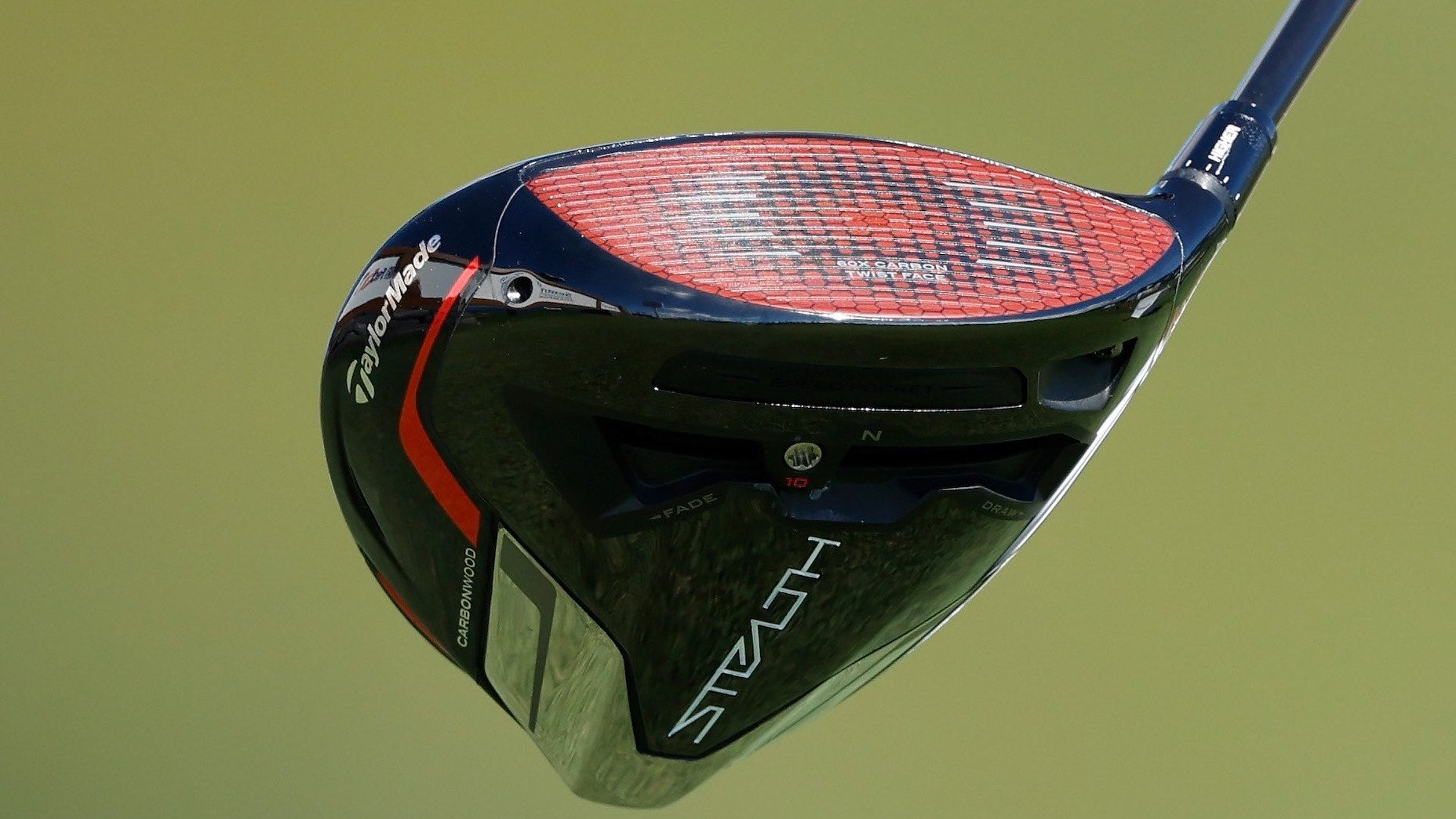
The high toe and low heel are the most common locations to miss with the driver.
Getty Images
Mishits with the driver are inevitable during the course of a round — unless you’re a robot. The goal is to minimize the misses in an effort to keep the double bogeys and triple bogeys off the card and thanks to modern driver technology, it’s easier to keep the golf ball on the planet than ever before.
Understanding that most golfers tend to miss on the high toe and low heel, equipment manufacturers typically design face technology to fight both misses. Even still, a miss out of the center is going to have different launch and spin characteristics, resulting in a noticeable dip in carry distance.
To give golfers a better understanding of how launch, spin and carry numbers change on high toe or low heel misses, we averaged out the data from recent driver testing with the Golf Laboratories swing robot. With the robot swinging at 95 mph — using the same shaft in each driver head — with a 0° angle of attack, we hit six balls out of the center, high toe and low heel to generate our averages.
Out of the center at 95 mph, the driver produced 222 yards of carry with a launch of 11.4 degrees and 2710 RPMs. It’s the kind of numbers you’d expect to see from the average weekend golfer when they catch one.
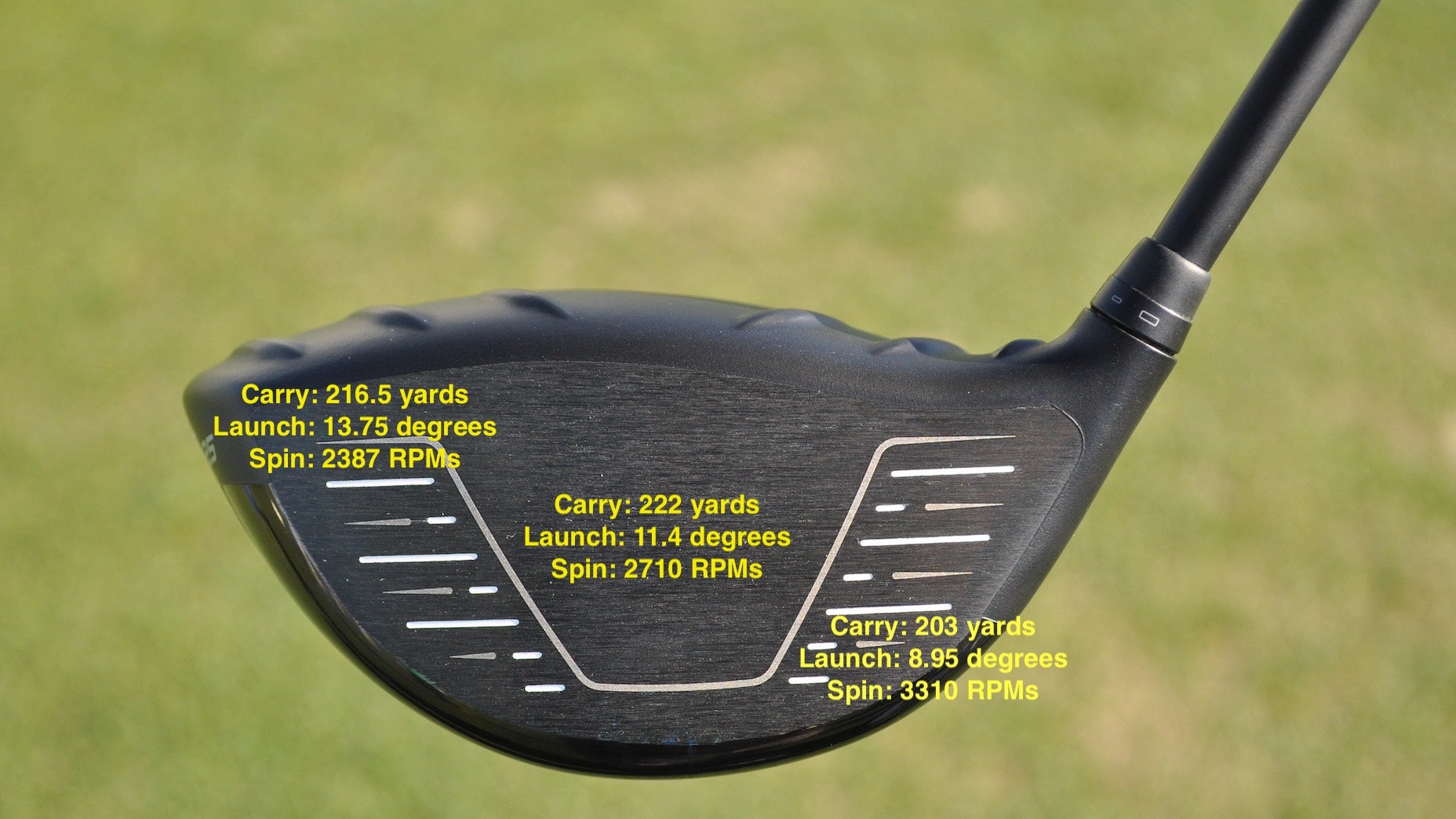
Now let’s look at the numbers when you impact the high toe. The gear effect on a high toe miss will impart draw spin in an effort to bend the ball back towards the fairway. Better players tend to impact the ball on the high toe, and as you can see from the numbers, there’s a good reason why: the carry distance delta between center and high toe is only 5.5 yards. Launch increases by roughly 2.5 degrees and spin drops by less than 300 RPMs. (If you’ve ever hit a hook, you’ve probably seen the ball launch high and then dive quickly to the left.)
On the flip side, a low heel strike is going to have the opposite effect. The gear effect on the face will cause the ball to move right, but due to the low strike location, you can expect more spin with a lower launch. In this case, the low strike resulted in 203 yards of carry with a launch angle of 8.95 degrees and 3310 RPMs.
It’s a noticeable drop when compared to the center and high toe numbers, but just remember the high spin on the low heel can come in handy if you need to hit the fairway. That being said, missing high on the face is always the way to go for distance purposes.)
Looking at the numbers, high toe will generate the closest numbers to a center strike. Just be aware the line between a draw and hook is razor-thin. That’s why pros are generally content to stick with a fade, and slightly more spin, as their go-to shot.
If you’re unsure where your mishits are coming from on the face, use some foot powder spray and cover the face of your club between shots when you practice. This isn’t something you can do during a round, but when practicing, it’s a simple and very effective way to see where you’re missing on the face.
Want to overhaul your own bag? Visit the expert fitters at affiliate partner, True Spec Golf. For more on the latest gear news, check out our latest Fully Equipped podcast below.


